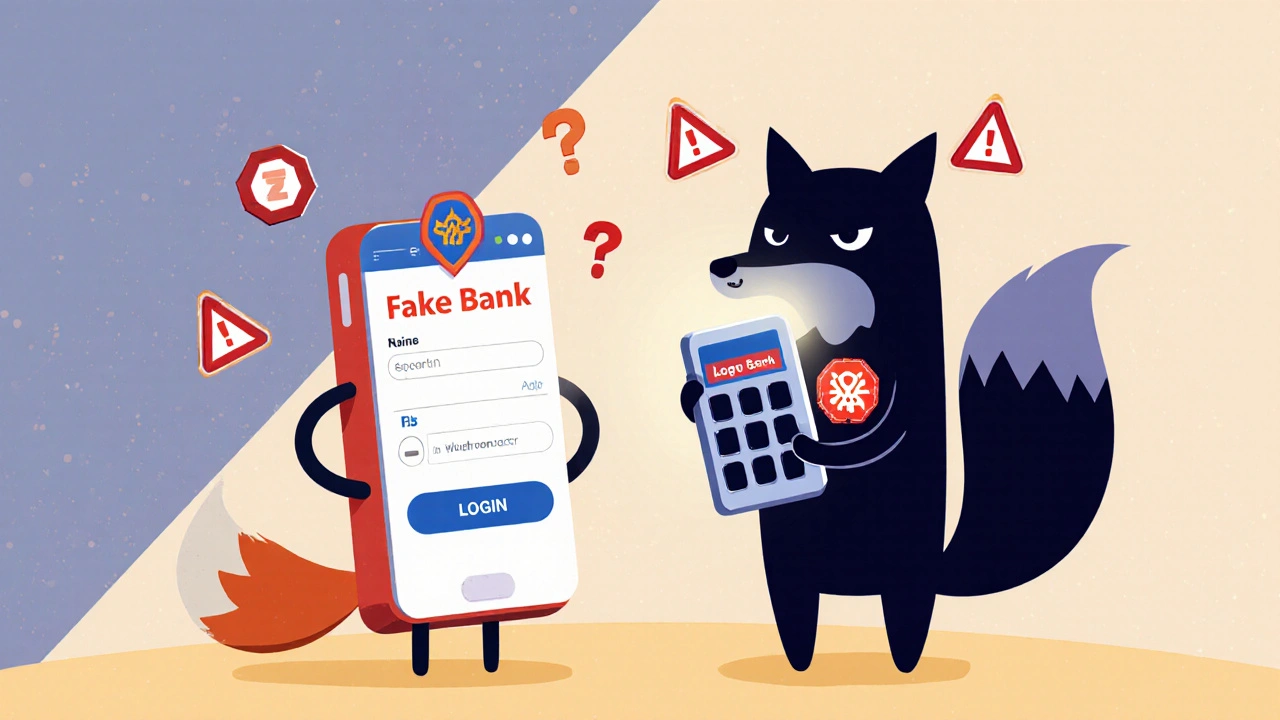Banking Trojans: How Malware Steals Your Money and How to Stop It
When you log into your bank app, you expect security—not a silent thief waiting in your phone or computer. Banking trojans, a type of malicious software designed to steal financial login credentials and intercept transactions. Also known as financial malware, they don’t crash your system. They wait. They watch. And when you type your password, they copy it—and then they empty your account. Unlike viruses that spread chaos, banking trojans are quiet, targeted, and terrifyingly effective. They’ve stolen billions worldwide, and they’re getting smarter.
These threats don’t come from shady websites alone. They hide in fake banking apps, infected PDFs, even text messages that look like your bank’s alerts. Once installed, they overlay your real banking app with a fake login screen. Or they monitor your keystrokes. Or they change the amount you’re sending—so when you think you’re transferring $50 to your mom, $5,000 goes to a criminal in another country. Malware protection, tools and practices designed to detect and block malicious software isn’t optional anymore. It’s your first line of defense. And it’s not just about antivirus software. It’s about how you use your phone, what you download, and whether you check the sender before clicking.
What makes banking trojans so dangerous is how they exploit trust. They pretend to be your bank. They mimic your favorite payment app. They even use real logos and fonts. That’s why online banking security, the practices and technologies that protect digital financial accounts from unauthorized access starts with you. Two-factor authentication helps—but some trojans can bypass it by hijacking your session after you log in. That’s why you should never use public Wi-Fi for banking, always check your app’s official source, and turn on transaction alerts. Even small changes like these can stop a thief in their tracks.
These attacks aren’t random. They target people who use mobile banking, pay bills online, or manage investments through apps. If you’ve ever used a broker, crypto wallet, or peer-to-peer payment service, you’re a potential target. That’s why the posts below cover real cases, tools that actually work, and simple steps anyone can take—no tech degree needed. You’ll find guides on spotting fake apps, securing your devices, and what to do if your account gets hit. No theory. No fluff. Just what works.
Banking trojans won’t disappear. But they can be stopped—if you know how they operate and what to look for. The tools and tips in these posts aren’t just for experts. They’re for anyone who uses digital money. And that’s probably you.




